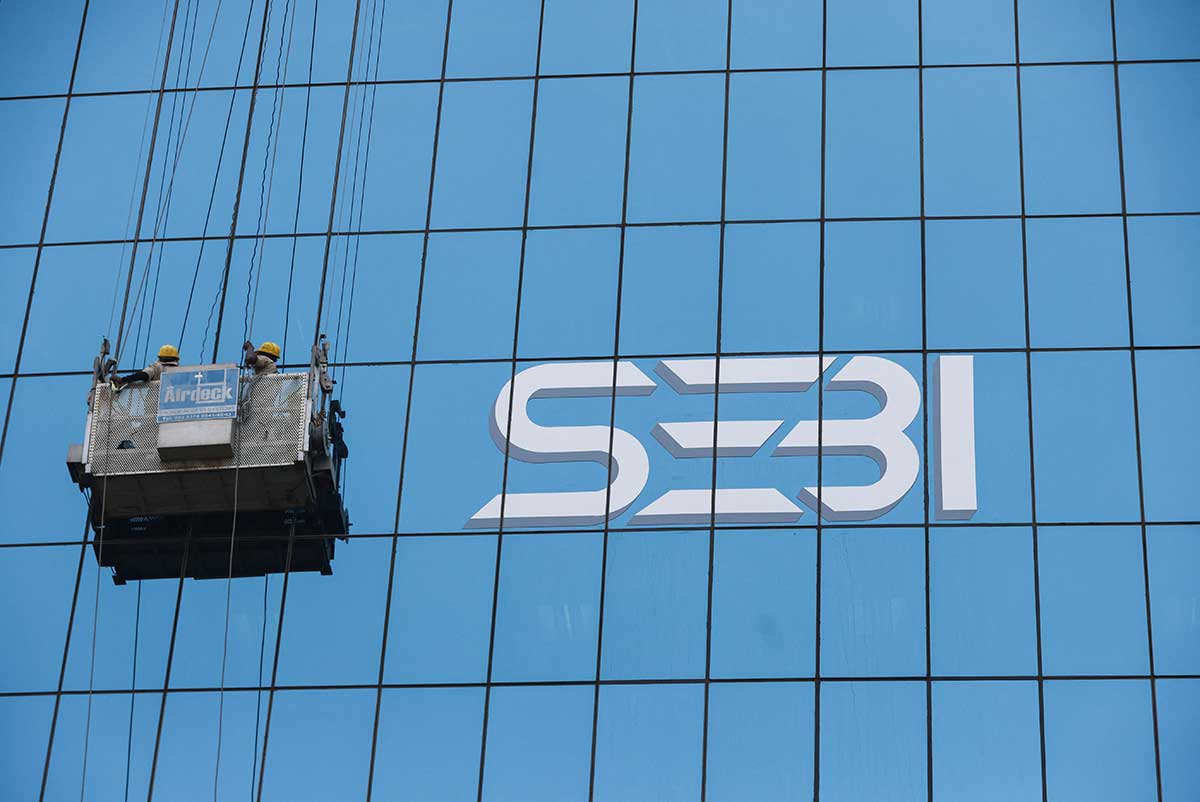Indian information-technology (IT) service providers are likely to report another quarter (July-September) of low, single-digit growth owing to macro uncertainties, chiefly emanating from America, with no respite in sight even in the second half of the year.

Illustration: Dominic Xavier/Rediff
While the first few months of the financial year saw no notable deterioration, as called out by the companies in July, things have changed for the worse in the United States — the largest revenue generator for companies such as Tata Consultancy Services and Infosys — ranging from the new H-1B rules to the threat of tariffs on outsourcing in general.
That adds fresh concern and perhaps may lead to a tweak in business models.
ICICI Securities in its analysis said Q2FY26 appeared to be a status quo quarter for Tier-I companies with no surprises or shocks, “even as the overhang from direct tariff apprehensions and $100k fee imposition on H-1B visas dragged NIFTY IT by 8%.
“We expect the Tier-I companies to report revenue growth in the range of 0.5-1.5 per cent QoQ CC, with HCLT likely leading the pack,” said Ruchi Mukhija, Seema Nayak, and Aditi Patil in their report on the second-quarter performance of the sector.
The second quarter will be significant on several counts.
This will be the first time that the management of the large firms will share their views on the recent $100,000 fee on the H1-B visa as well as the US Act to halt relocating employment (introduced in the Senate).
The market will look at cues on the demand environment.
Gaurav Vasu, founder of UnearthInsight, estimates a growth rate of 1-3 per cent for largecap and midcap firms.
“The third and fourth quarters are traditionally weak because of the holiday season, furloughs, and the tech budget assessment cycle,” he said.
Vasu added FY27 might slow to 1 to -1 per cent, with the United States administration’s localisation push with the visa fee hike, etc, which affect outsourcing or offshoring technology transformation for both IT services and global capability centres to not just India but other tech destinations like the Philippines, Mexico, or Poland.
Accenture’s guidance of 2-5 per cent growth for its next financial year indicates that the demand environment continues to remain subdued and there is still a long road before some signs of light appear at the end of the tunnel.
What makes it all the more concerning is it comes against the backdrop of the world’s largest IT services company reporting a 7 per cent growth rate in its fourth quarter ended August 31 and for the full year.
The fact that it still projects muted revenue growth should ring alarm bells for the Indian IT sector.
Low single-digit growth for the third consecutive year would be almost unprecedented for Indian IT service providers and it only underscores their structural challenges, which have been accentuated by artificial intelligence (AI).
“Nothing has changed in the first six months of this financial year because the industry is undergoing a Gen AI-led transformation and the fallout of the Trump presidency with more uncertainty to grapple with every day.
“They are in a no-man’s land which creates a window of indecision with the clients where they are not willing to spend more dollars,” Abhishek Pathak, lead analyst of IT services and Internet, Motilal Oswal Financial Services, told Business Standard.
UBS too said in a recent research report that while Gen AI’s influence was beginning to emerge, significant disruption and meaningful revenue were still a few years away.
“Near term, macro and geopolitical challenges remain the primary focus.”
Analysts will also be looking at indications on how Gen AI bookings are shaping up for Indian companies.
While none of them discloses revenue or bookings, Accenture leads the pack with bookings of $5.9 billion and revenue of $2.7 billion.
Banking financial services and insurance (BFSI), the bread and butter revenue vertical, however, continues to remain stable, analysts said with expenditure intact.
Automakers too have come to accept tariffs as the new normal and are expected to work their way around.
That may see some revival six months down the line. Manufacturing, retail, and health care continue to face severe headwinds with retailers plunged into more uncertain times.
That means they will not be able to move engineers to the US at a time when they work on wafer-thin margins.




